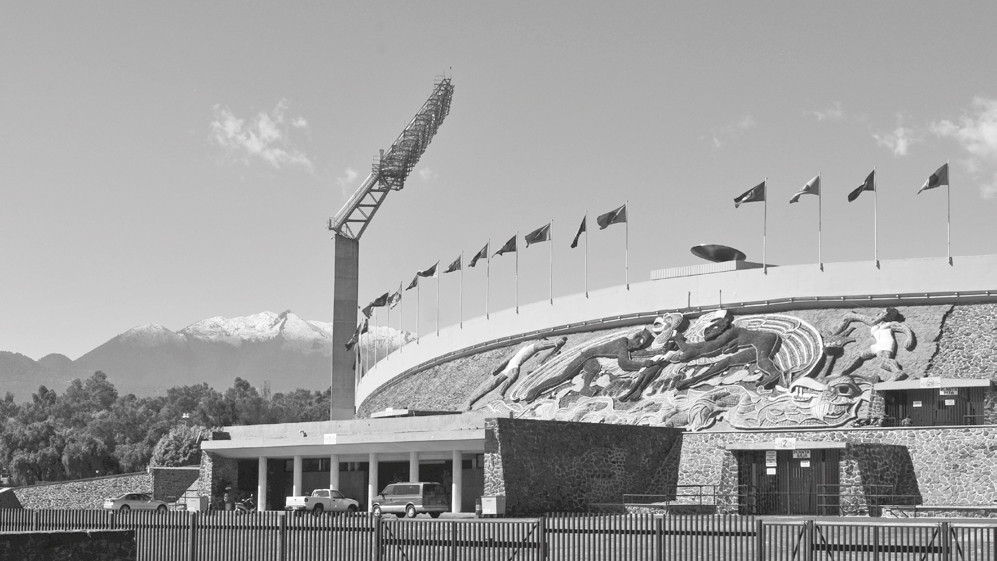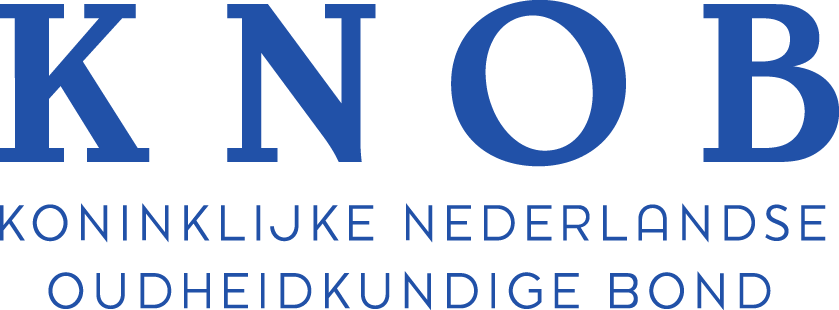Downloads
DOI:
https://doi.org/10.7480/overholland.2023.22.241Abstract
Thirty years after the Second World War, architecture culture was dominated by a discourse critical of the once cherished modernism and marked by scepticism towards its canonical narrative. However, other modernisms still emerging outside Europe and America, especially in geographies that had not been battlefields of war, faced their own socio-political struggles and formed strong ties with that earlier modern movement. The legacy of modernism lived on in the so-called developing countries located in a geopolitical sphere identified with the ‘third world’. In Brazil, Mexico, Cuba, Venezuela, Colombia, Chile, Turkey, India, Iraq, Nigeria and Singapore there was a continuing interest in the pragmatic and experimental aspects of modern architecture. Economic realities justified this persistence, as did the engineering discipline’s familiar slogan of ‘maximum efficiency for minimum effort and investment’.
Unlike in Europe and North America, and contrary to expectations, the industrial revolution did not materialize as expected in these countries and in some cases it can even be said that it did not occur at all.3 ‘Revolution’, on the other hand, became a popular slogan and was readily adopted by the masses. In countries like Mexico, Turkey or Cuba, the term revolution had little to do with industry. Rather, it was associated with ideology, abrupt social changes, fundamental transformations in political power, and public revolts against undemocratic governments.
How successful these social revolutions were and how much the architecture they produced reflected their ideologies is debatable. Influenced by the worldview of positivism and the idea of instrumentality in applied sciences, universities established in these countries did indeed embrace revolutions, in some cases becoming the breeding ground for reformist ideologies or symbolizing their ideals in others. They were the visible symbols of newly established nation states and reflected revolutionary values.
How to Cite
Published
Issue
Section
License
Copyright (c) 2023 Ayşen Savaş

This work is licensed under a Creative Commons Attribution 4.0 International License.




